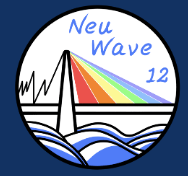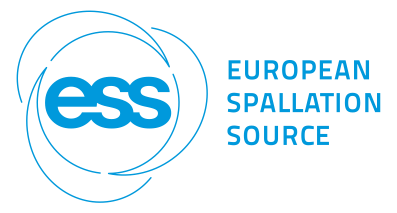Conveners
Afternoon Session 2
- Jean Bilheux (Oak Ridge National Laboratory)
Afternoon Session 2
- Anton Tremsin (University of California at Berkeley)
Afternoon Session 2
- Sven Vogel (Los Alamos National Laboratory)
- Sylvia Britto (ISIS Neutron and Muon Source, STFC)
Slowing and stopping the ongoing rapid climate change necessitates the reduction of CO2 emissions and, therefore, fossil fuel consumption. Transportation, particularly motorized private transport, contributes significantly to fossil fuel consumption. Here, transitioning to battery elec-tric vehicles (BEVs) is an option to reduce the consumption of fossil fuels, assuming a CO2-free electricity...
Abstract
Our understanding of corrosion and material degradation of steel materials can significantly improve by combining imaging with electrochemical characterisation. Neutron imaging is a non-destructive powerful technique suitable for imaging metal surfaces. It is useful to conduct attenuation-based studies and it is highly sensitive to light elements (hydrogen). However, the...
Beryllium is used as a reflector material at neutrons sources in order to enhance the production of low-energy neutrons available for neutron scattering studies. Such a reflector will be installed at the European Spallation Source. In order to design the combined target/moderator/reflector system, typically Monte-Carlo calculations are carried out. Standard thermal scattering libraries...
Laue three-dimensional neutron diffraction tomography has emerged as a powerful and highly experimentally efficient technique for the in-depth analysis of polycrystalline and oligocrystalline materials, thanks to its ability to utilize a white neutron beam for simultaneous probing of multiple crystallographic orientations in a single scan. The methodology has seen significant progress over...
In the past few years, the idea of Bragg edge round robin activities has been presented. The aim is to benchmark the known and new capabilities on different types of neutron imaging instruments, and to assess levels of accuracy, precision, and detection limits of Bragg edge transmission imaging mainly for, but not limited to, strain mapping. A preliminary campaign of characterization of sample...
Recent advancements in an energy-selective neutron imaging method at the ISIS Neutron and Muon Source enable to perform Neutron Resonance Transmission Imaging (NRTI) within the framework of a completely non-destructive multi-techniques protocol for characterising samples in the field of Heritage and Planetary sciences.
NRTI is a non-destructive nuclear technique based on resonant neutron...
Possible Topics
RoadMap Detectors
How to organize the community
Future proposal for another imaging beamline at ESS

